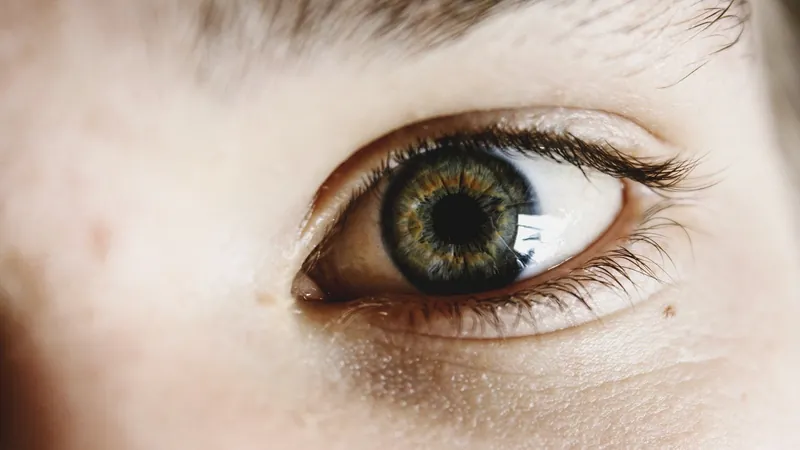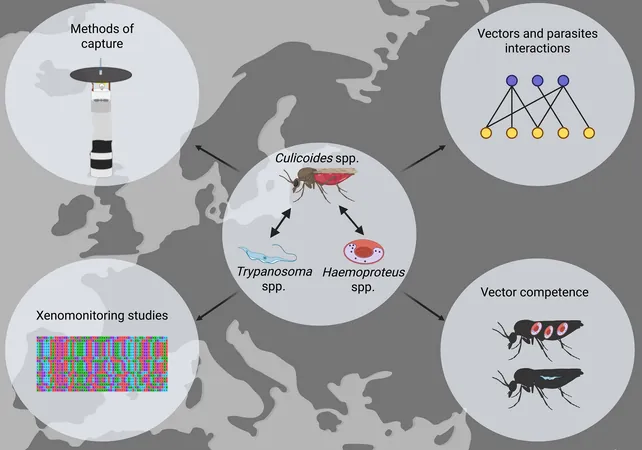
Unlocking the Secrets of Amblyopia Treatment: Why Age and Income Matter
2025-07-17
Author: Wei Ling
Amblyopia, often dubbed "lazy eye," is the leading culprit behind one-eye vision loss in children, affecting approximately 2% of the population. But did you know that the success of amblyopia treatment can significantly differ based on factors like income and racial background?
A groundbreaking study from Ireland recently revealed that children hailing from economically disadvantaged families are at greater risk of grappling with persistent amblyopia when compared to their wealthier counterparts. This stark disparity highlights underlying issues such as age of diagnosis, treatment adherence, and access to essential pediatric eye care services.
To delve deeper into these discrepancies, a retrospective research project published in the journal Ophthalmology, led by Dr. Melinda Chang and her team, spanned a decade, from January 1, 2012, to June 1, 2022. The study aimed to pinpoint the clinical and sociodemographic elements that play a critical role in amblyopia treatment outcomes.
The research, co-led by USC medical students Drs. Kate Matsunaga and Archeta Rajagopalan, meticulously analyzed data on factors including age at diagnosis, race, insurance type, and visual acuity from 168 patients. Remarkably, a staggering 78% of those involved saw their amblyopia resolve.
Key findings revealed that younger diagnosis age, higher income levels, improved treatment compliance, residing in well-resourced neighborhoods, and English being the primary language were pivotal in achieving positive outcomes. Conversely, factors like race, sex, and even neurodevelopmental disorders had little to no impact on resolution rates.
Crucially, the multivariate analysis confirmed that only a younger age at diagnosis retained a significant association with amblyopia success rates.
These insights underscore the urgent need for enhanced access to early vision screenings and pediatric eye care, which could dramatically enhance amblyopia outcomes and pave the way for greater equity in healthcare. Future research should aim at developing public policy initiatives that bridge disparities in pediatric eye care access, potentially fostering not just better vision, but also holistic psychosocial growth for children.



 Brasil (PT)
Brasil (PT)
 Canada (EN)
Canada (EN)
 Chile (ES)
Chile (ES)
 Česko (CS)
Česko (CS)
 대한민국 (KO)
대한민국 (KO)
 España (ES)
España (ES)
 France (FR)
France (FR)
 Hong Kong (EN)
Hong Kong (EN)
 Italia (IT)
Italia (IT)
 日本 (JA)
日本 (JA)
 Magyarország (HU)
Magyarország (HU)
 Norge (NO)
Norge (NO)
 Polska (PL)
Polska (PL)
 Schweiz (DE)
Schweiz (DE)
 Singapore (EN)
Singapore (EN)
 Sverige (SV)
Sverige (SV)
 Suomi (FI)
Suomi (FI)
 Türkiye (TR)
Türkiye (TR)
 الإمارات العربية المتحدة (AR)
الإمارات العربية المتحدة (AR)